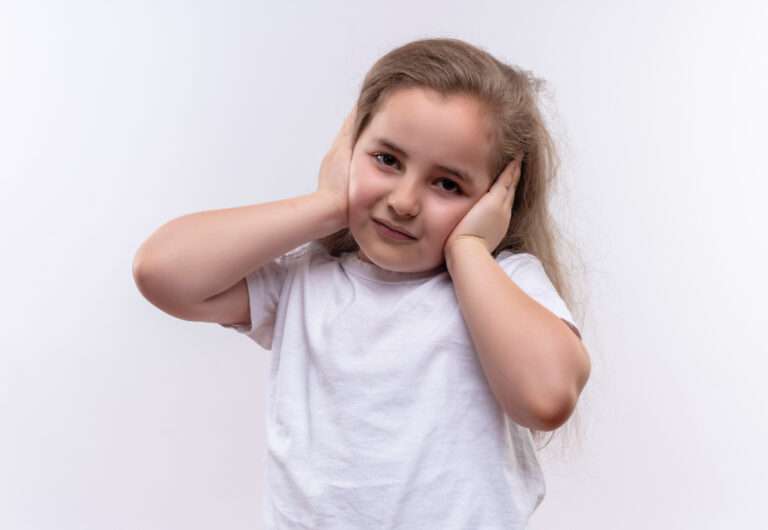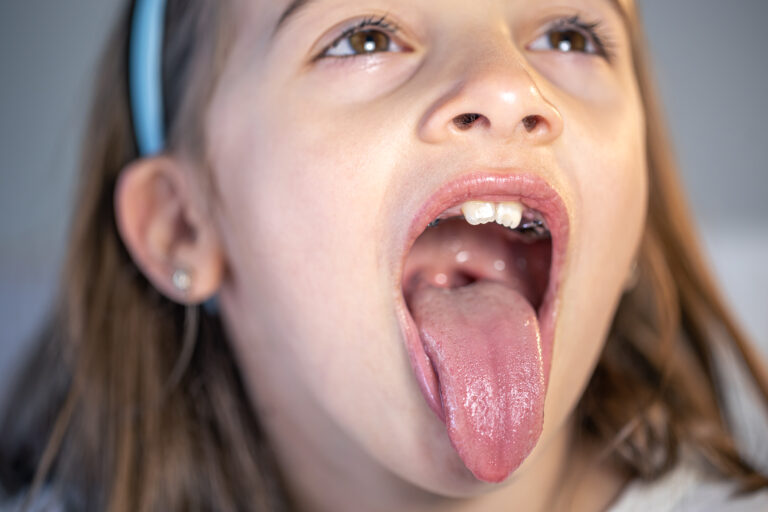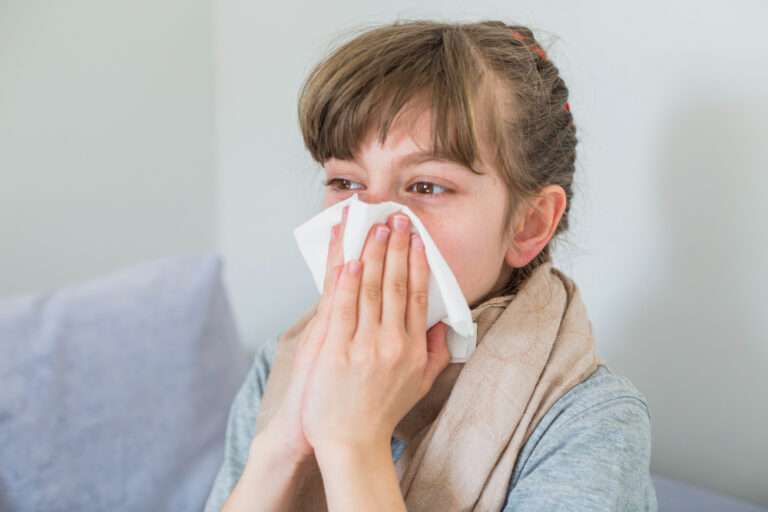My child snores loudly. Could this be a sign of sleep apnea?
When your child snores loudly, it’s natural to be concerned, particularly if the snoring disrupts their sleep or seems to affect their well-being. Snoring in children can indeed be benign, often associated with a cold or sinus infection. However, when it is loud, persistent, and accompanied by other symptoms, it could indicate a more serious condition, such as pediatric sleep apnea. Understanding the potential implications of loud snoring in children, the signs of sleep apnea, its causes, diagnosis, and treatment options can help parents address their child’s health needs effectively.
Understanding Sleep Apnea in Children
Pediatric obstructive sleep apnea is a sleep disorder characterized by repeated interruptions in breathing due to the partial or complete obstruction of the upper airway during sleep. These interruptions can significantly affect the quality of a child’s sleep and, by extension, their overall health and development.
Symptoms and Signs
The hallmark sign of sleep apnea in children is loud, persistent snoring, but the condition encompasses more than just snoring. Symptoms may include:
- Frequent pauses in breathing during sleep: These pauses can lead to gasping or choking as the child tries to breathe.
- Restlessness and poor sleep quality: Children with sleep apnea may toss and turn, sleep in unusual positions, or have difficulty staying asleep.
- Daytime symptoms: These can range from excessive daytime sleepiness to behavioral issues such as irritability, attention problems, or hyperactivity. In the classroom, these symptoms can mimic those of ADHD, leading to misdiagnosis in some cases.
Causes of Pediatric Sleep Apnea
The causes of sleep apnea in children can vary. The most common include:
- Enlarged tonsils and adenoids: The most frequent cause in children, enlarged tonsils and adenoids can block the airway during sleep.
- Obesity: Excess fat deposits around the neck and throat can narrow the airway, leading to obstructive sleep apnea.
- Structural abnormalities: Conditions like Down syndrome, Pierre-Robin sequence, and cerebral palsy can lead to structural abnormalities in the airway.
- Allergies and asthma: Chronic respiratory conditions can contribute to inflammation and congestion in the airway, exacerbating sleep apnea symptoms.
Diagnosis
If sleep apnea is suspected, a comprehensive evaluation by a pediatrician or sleep specialist is crucial. The diagnosis often involves:
- Medical history and physical examination: A detailed discussion of the child’s symptoms and a physical examination can provide initial insights.
- Sleep study (polysomnography): The definitive test for diagnosing sleep apnea, a sleep study involves monitoring the child’s breathing, oxygen levels, heart rate, and other physiological parameters during sleep.
Treatment Options
Treatment for pediatric sleep apnea depends on its cause and severity and may include:
- Tonsillectomy and adenoidectomy: Surgical removal of the enlarged tonsils and adenoids is often the first line of treatment for children whose sleep apnea is caused by these issues.
- Weight management: For children whose sleep apnea is linked to obesity, weight loss through diet and exercise can be an effective treatment.
- Continuous Positive Airway Pressure (CPAP): In more severe cases or when other treatments are not effective, a CPAP machine may be recommended to keep the airway open during sleep.
- Orthodontic intervention: In some cases, devices or surgery to correct structural issues in the jaw or airway can alleviate symptoms.
- Management of allergies and asthma: Treating underlying respiratory conditions can reduce sleep apnea symptoms in some children.
The Importance of Early Intervention
Untreated sleep apnea can lead to a range of complications, from physical health issues like growth retardation and cardiovascular problems to cognitive and behavioral challenges, including difficulties in learning, attention, and social interactions. Early diagnosis and treatment are therefore critical to prevent these potential complications and ensure children can lead healthy, productive lives.
Conclusion
Loud snoring in children, especially when accompanied by other symptoms of sleep apnea, warrants careful attention and medical evaluation. With the right diagnosis and treatment plan, children with sleep apnea can experience significant improvements in their sleep quality and overall health. If you suspect your child may have sleep apnea, consult a healthcare provider to discuss the best course of action. Through awareness, understanding, and proactive management, parents can play a crucial role in addressing sleep apnea and supporting their child’s health and well-being.
------------From our Sponsors------------









